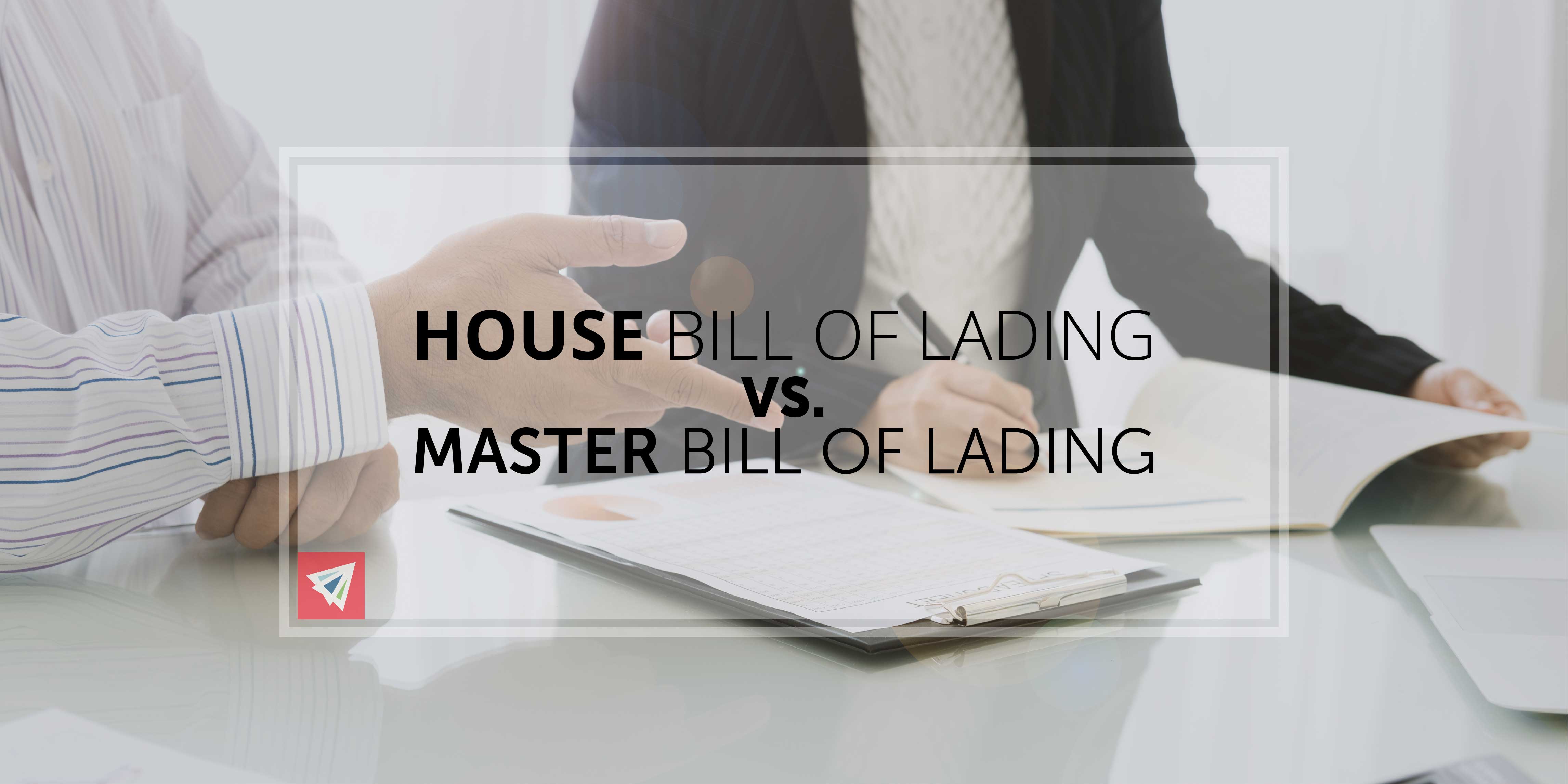Most people who handle imports and exports frequently deal with something called a Bill Of Lading. A Bill Of Lading serves a few primary purposes regarding cargo ownership and purchase agreements. Whenever you engage in an international transaction and assist in the transport of those goods, the line as to when the goods transfer ownership from the seller to the buyer can be difficult to define. Is it the time of purchase? When the goods are delivered to the buyer’s facility? What happens if the goods are damaged in transit – who’s liability is it?
Alongside incoterms, a Bill Of Lading helps to define these boundaries of ownership. On the surface, these documents serve 3 primary purposes:
- Receipt: A Bill Of Lading serves as a receipt for the goods being purchased. This receipt indicates that the goods have been properly loaded onto their vessel for international departure.
- Contract of Carriage: Secondly, the Bill Of Lading serves as a contract of carriage, which ensures that the type, amount, condition, and destination point are all detailed correctly in writing.
- Title of Goods: Lastly, the Bill Of Lading serves as a title of the goods, which as stated before, has to do with ownership of the cargo. Whoever holds the Bill Of Lading is the legal owner of the goods.
We have covered different types of Bills Of Lading in a prior article, however, a Bill Of Lading actually comes in one of two overarching forms: 1) a House Bill Of Lading, or 2) a Master Bill Of Lading.
House Bill Of Lading
A House Bill Of Lading, often written as “HBL”, is a Bill Of Lading that functions between the actual buyer and actual seller of the goods. They are generally issued by a freight forwarder for their clients (the buyer/seller of the goods.) The Notify in the House Bill Of Lading may be the same as the consignee (or receiver of the goods) as indicated on the Letter Of Credit.
Another way to put it is that the shipper indicated on the HBL is the actual shipper/exporter of the goods, whereas the consignee will be the receiver of the goods. In an HBL, the freight forwarder, NVOCC, or other third party logistics companies are not listed.
Master Bill Of Lading
A Master Bill Of Lading works a bit differently. The Master Bill Of Lading (or MBL) is issued by the shipping line or carrier and it is meant to operate between the NVOCC’s or freight forwarders involved in the local and foreign country.
On a Master Bill Of Lading, the shipper is usually the NVOCC or their agent of the freight forwarder. The consignee will generally be the agent, NVOCC, or freight forwarder in the destination location that is assisting with the transaction. As with a HBL, the Notify on the MBL may be the consignee or any other party.
Similarities and Differences Between HBL and MBL
As stated above, a House Bill Of Lading and Master Bill Of Lading are similar in the information they state and their purpose or function. In other words, both are a type of Bill Of Lading (BOL) that are responsible for serving as a receipt, contract of carriage, and title for the goods being shipped. The difference between the two has to do with the parties the Bill is intended for.
All information on an HBL such as voyage, cargo descriptions, number of containers, seal numbers, weight, and measurements should reflect the information on the MBL verbatim. While the HBL exists to work between the actual shipper and receiver of the goods, and the MBL is meant for the local and foreign freight forwarders assisting the transaction, the role of the BOL remains the same and thus, the information on both Bills must be completely reflective of each other.
When Are a Master and House Bill Of Lading Issued?
Due to the relevancy of the topic, we wrote an article on When a House Bill Of Lading is Issued that covers most questions regarding the time of its creation in an international shipping transaction. However, it’s important to understand that the Master Bill Of Lading and House Bill Of Lading are issued consecutively. The MBL is issued first from the Shipping Line or Carrier to the NVOCC or Freight Forwarder, and the NVOCC or Freight Forwarder then produces their own HBL for their clients. As mentioned before, the details then between the MBL and HBL remain the same.

One thought on “House Bill Of Lading vs. Master Bill Of Lading”